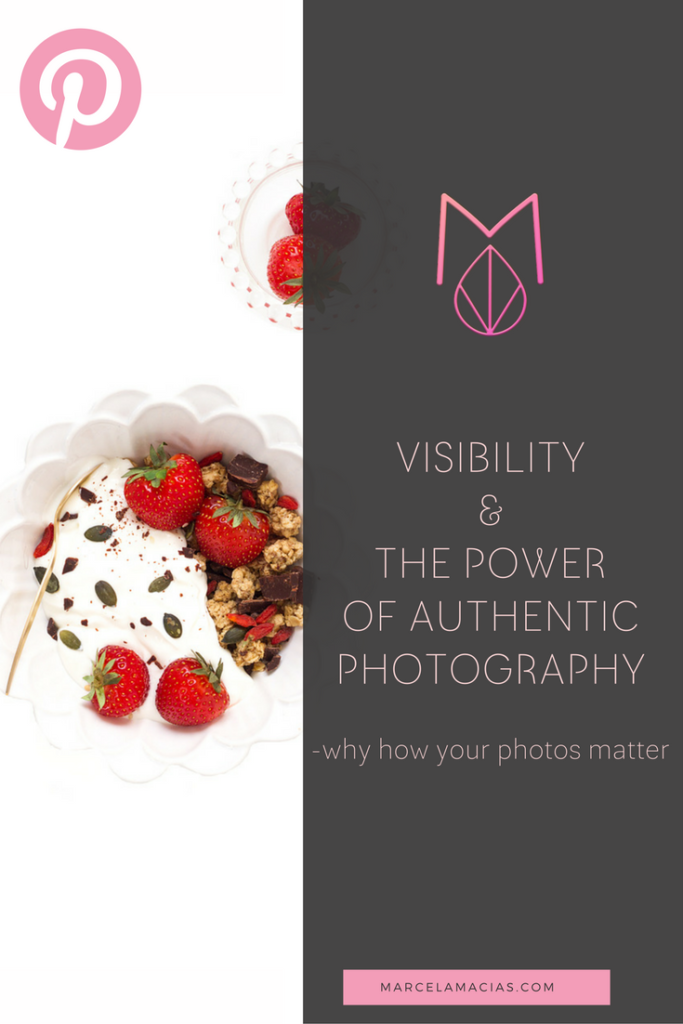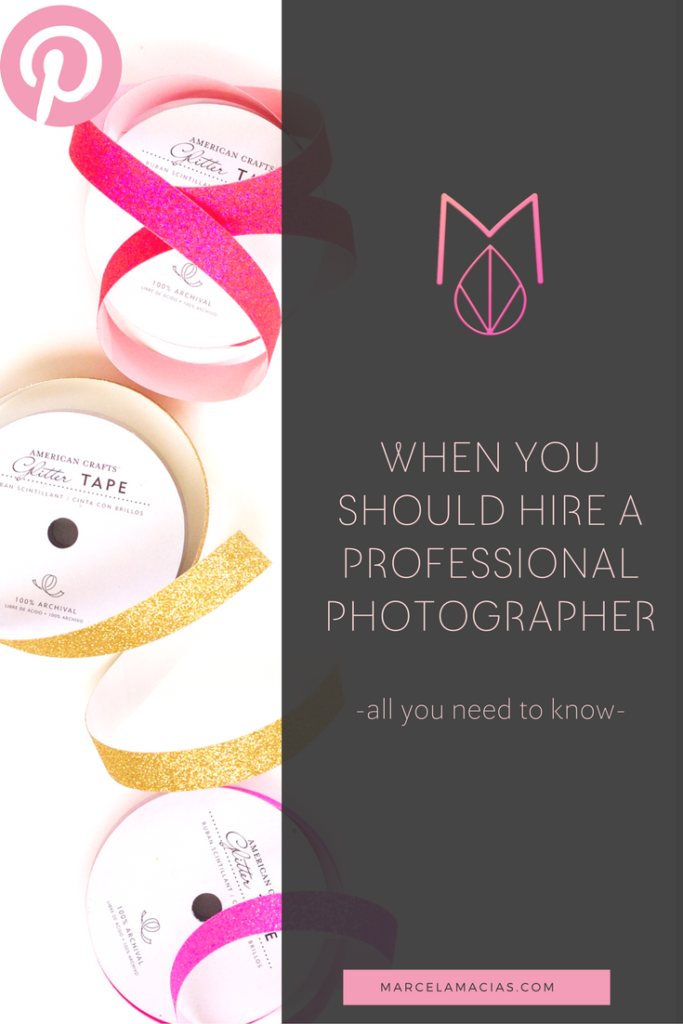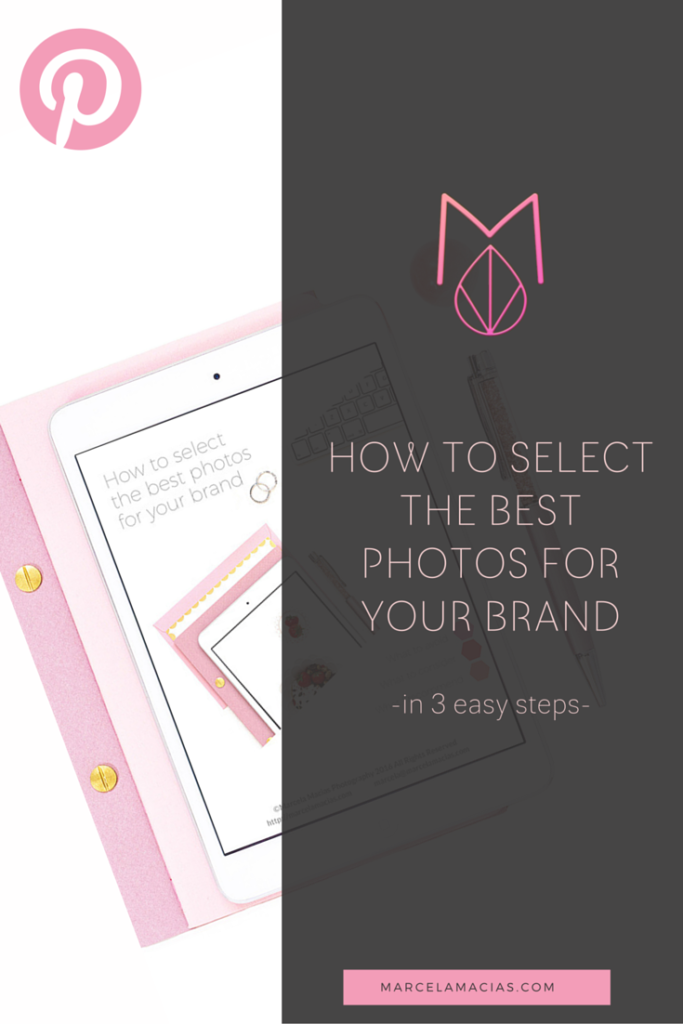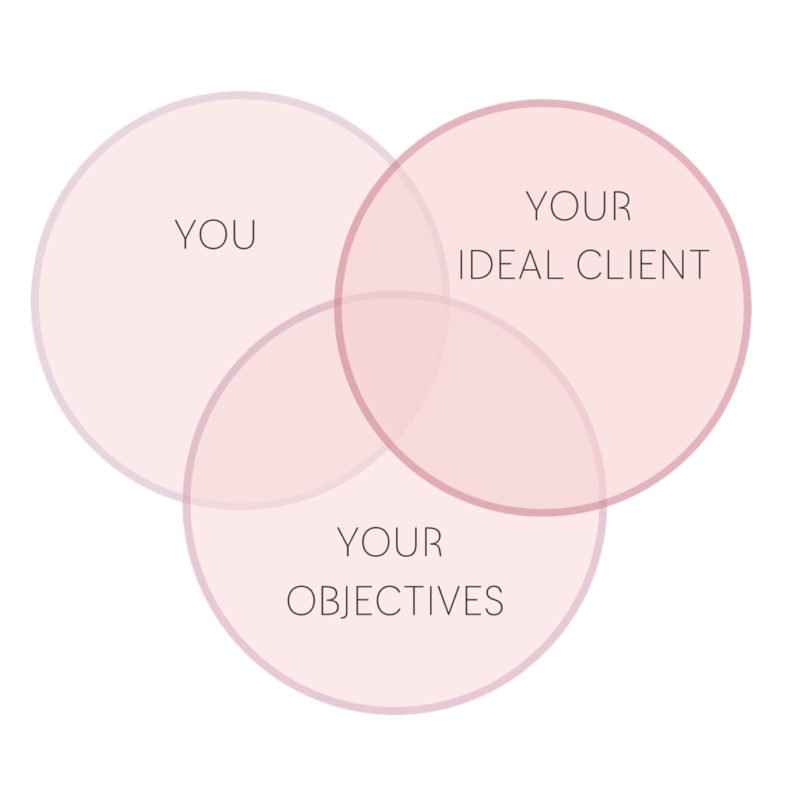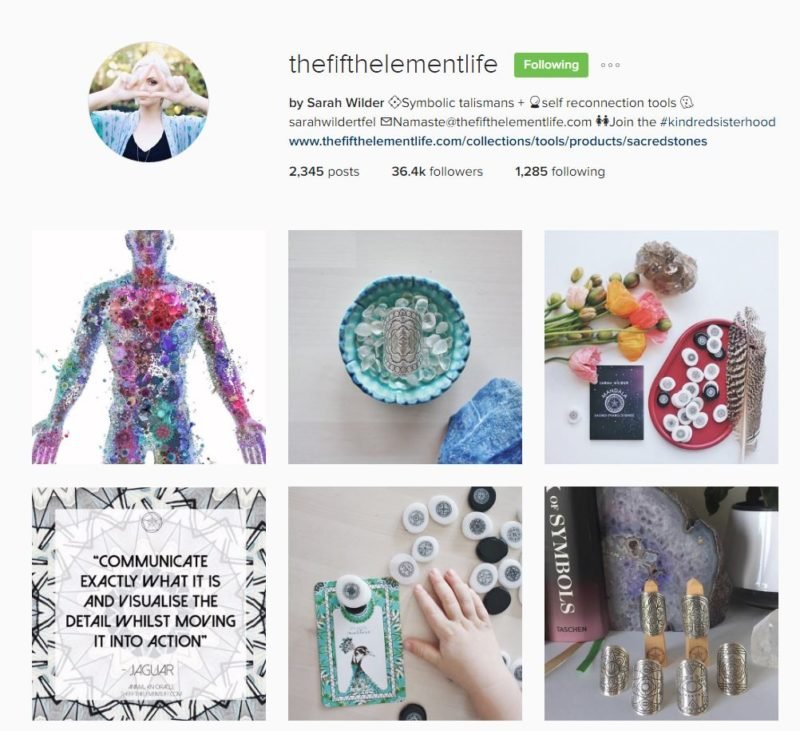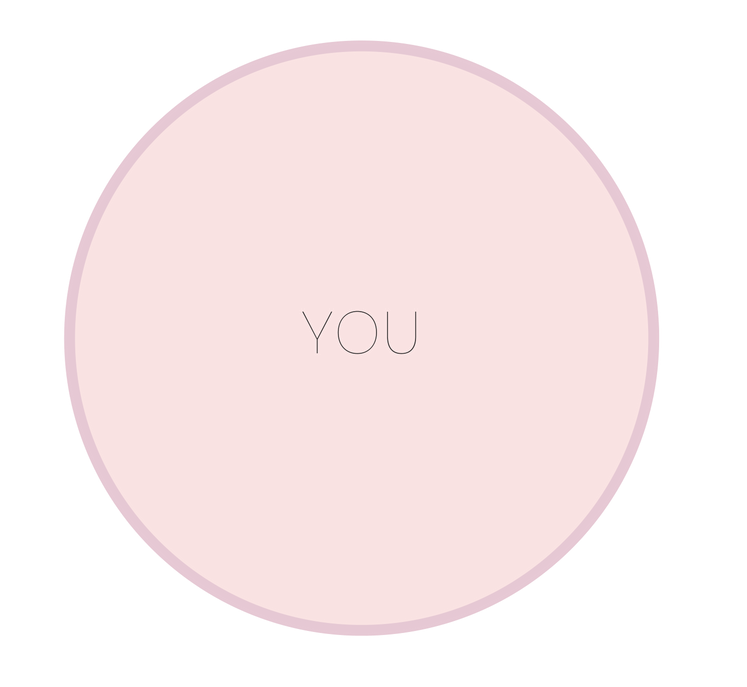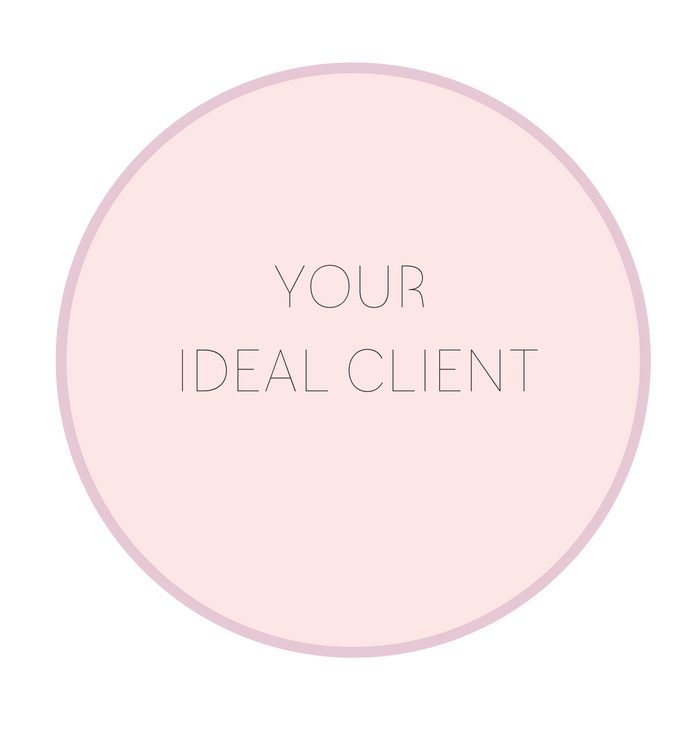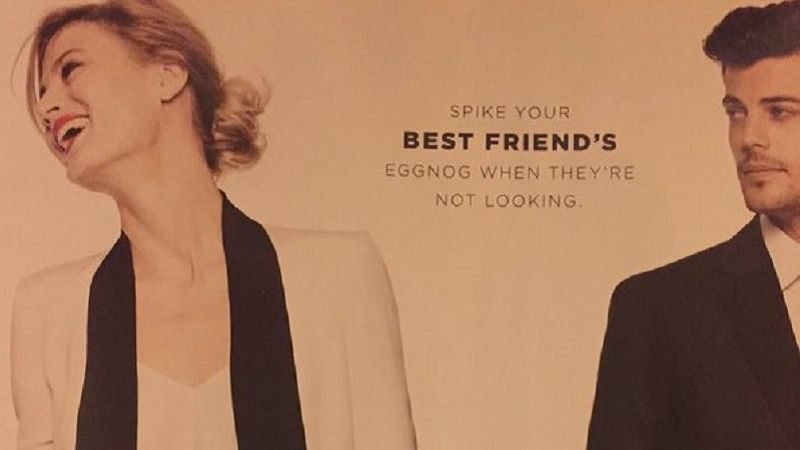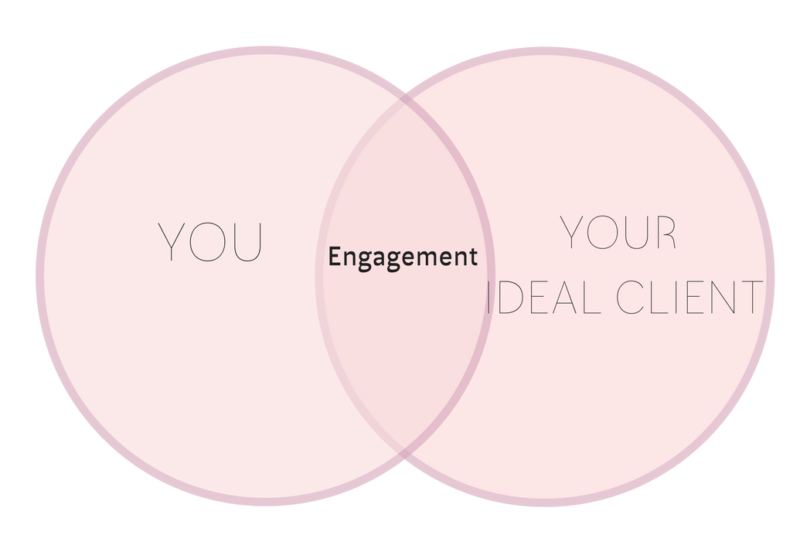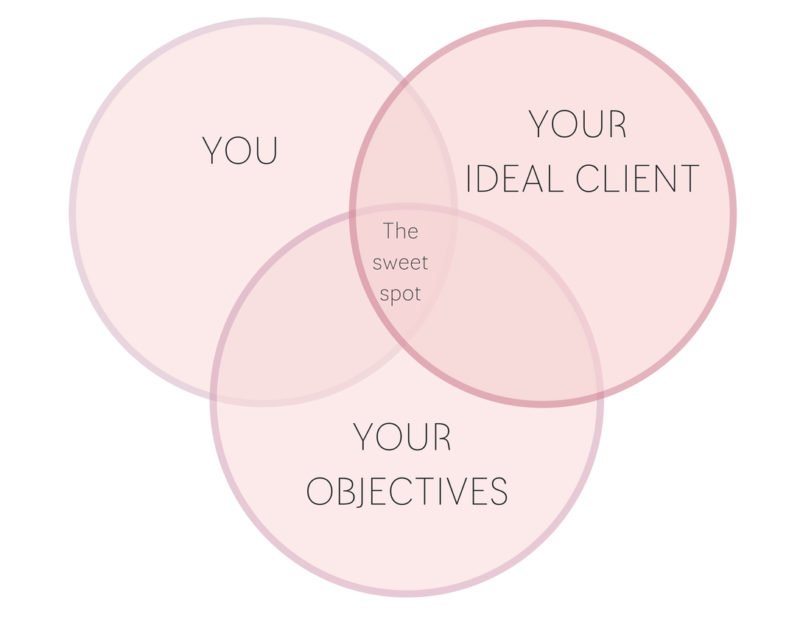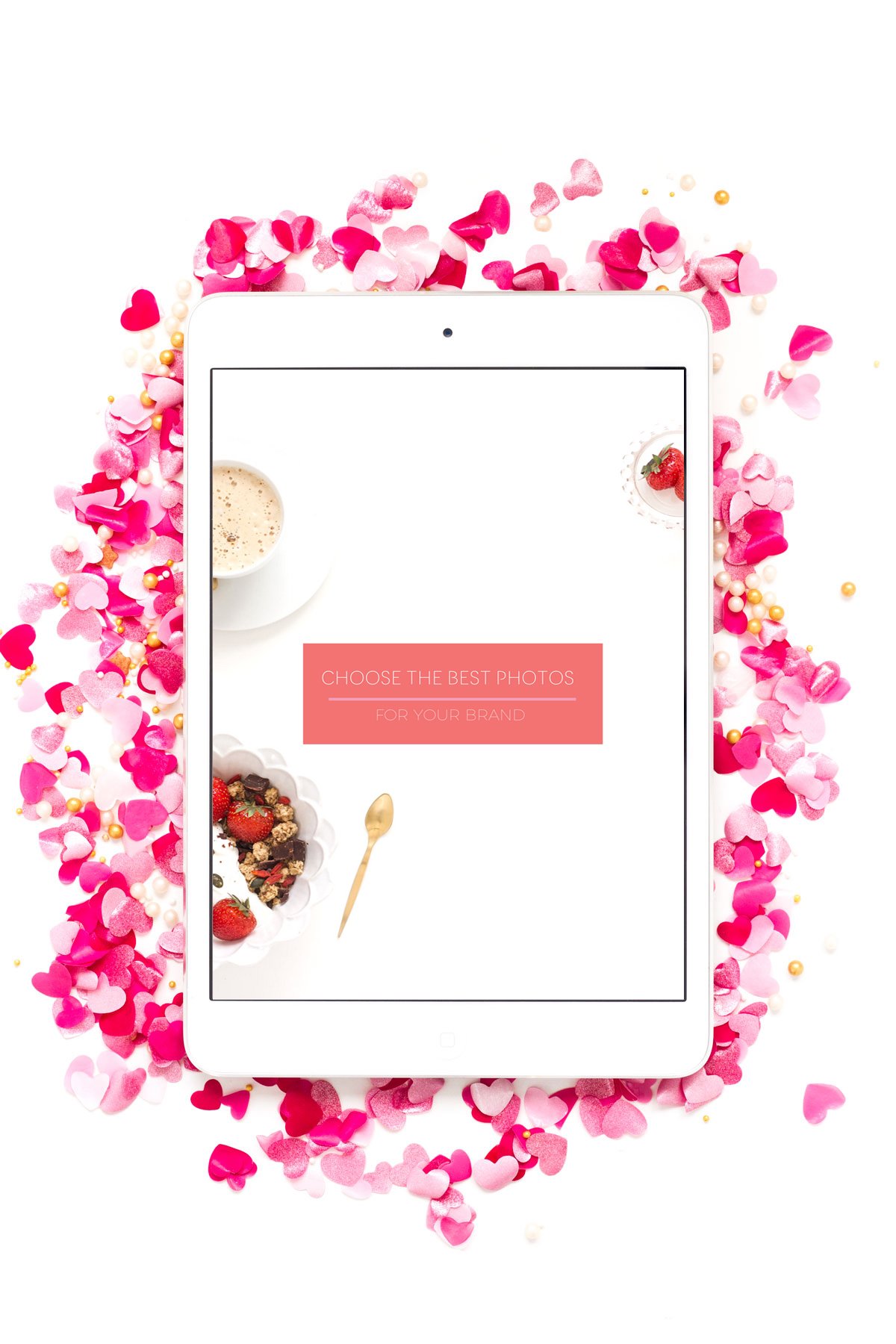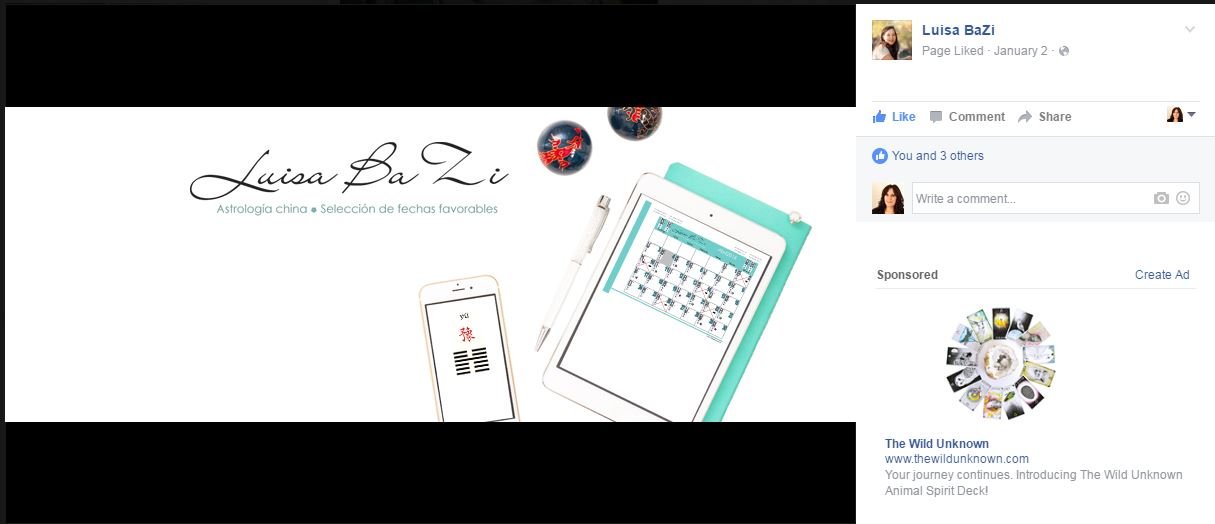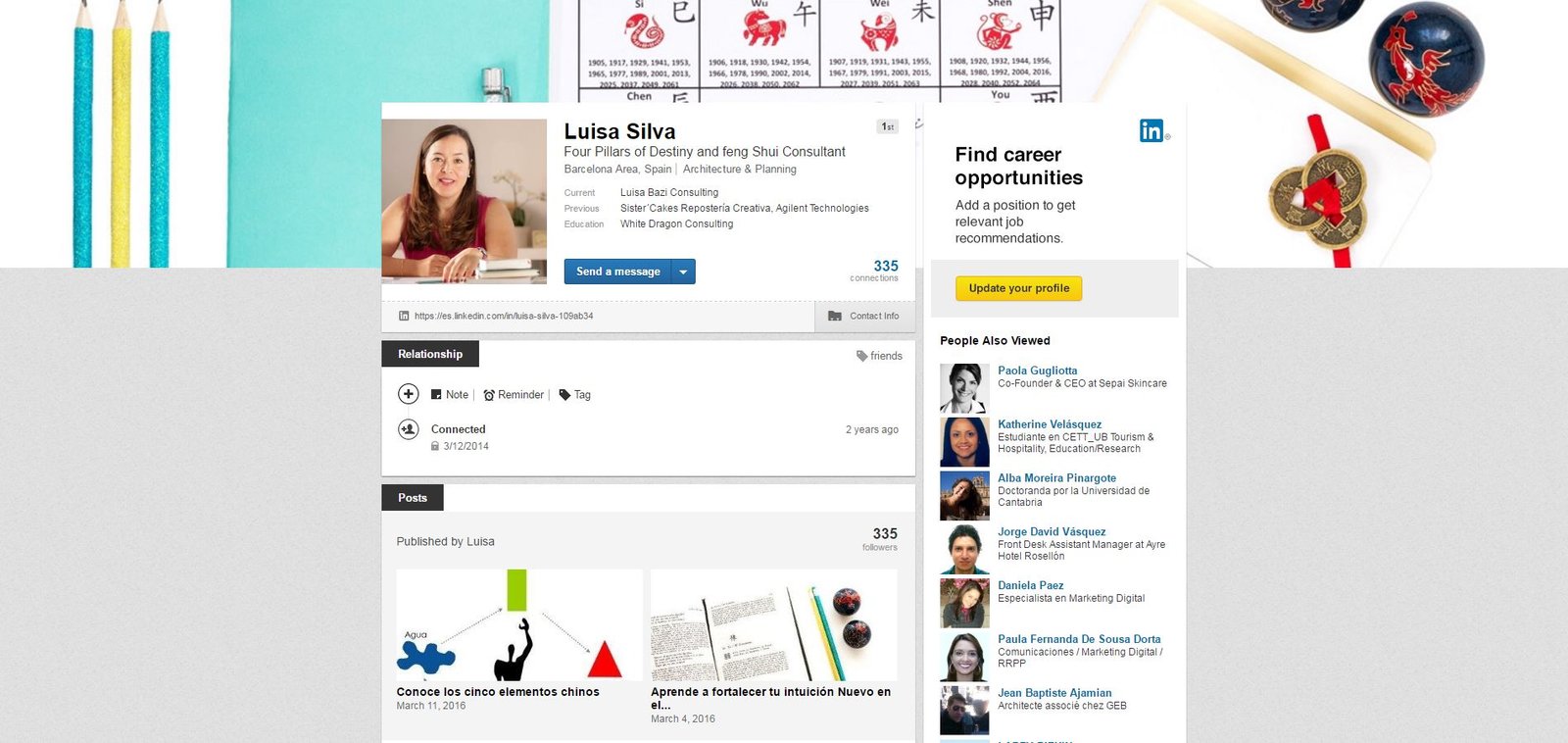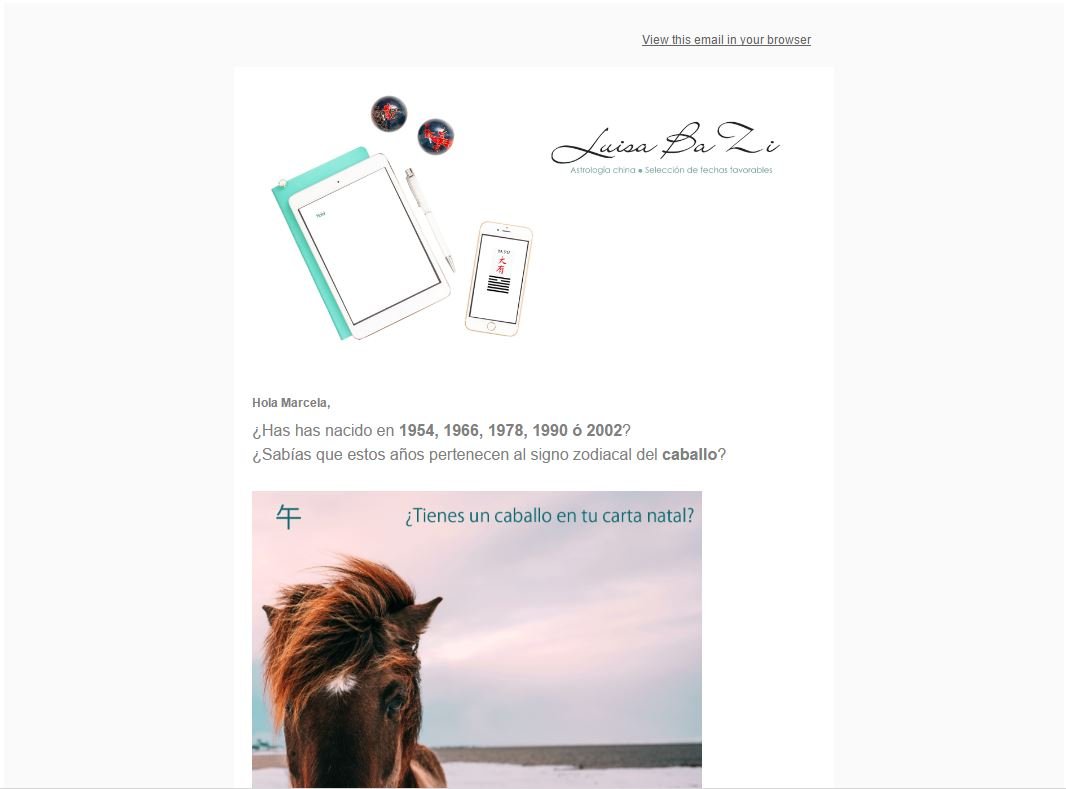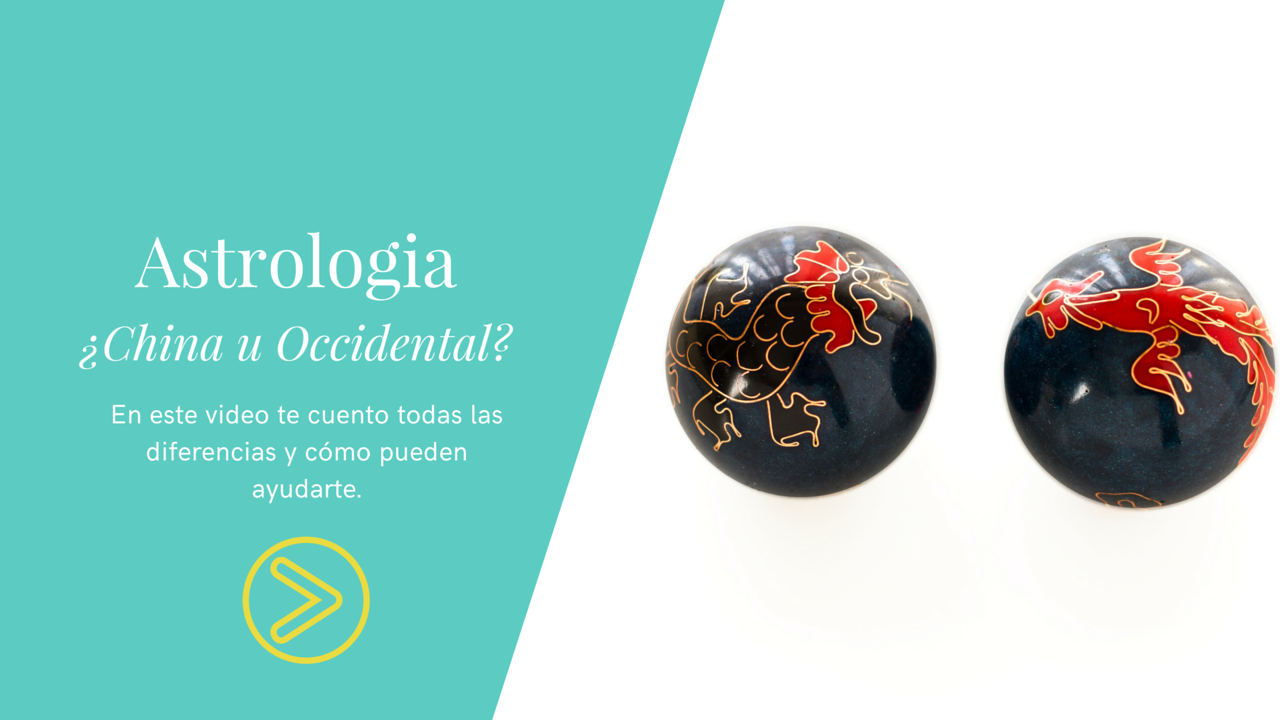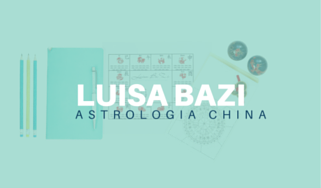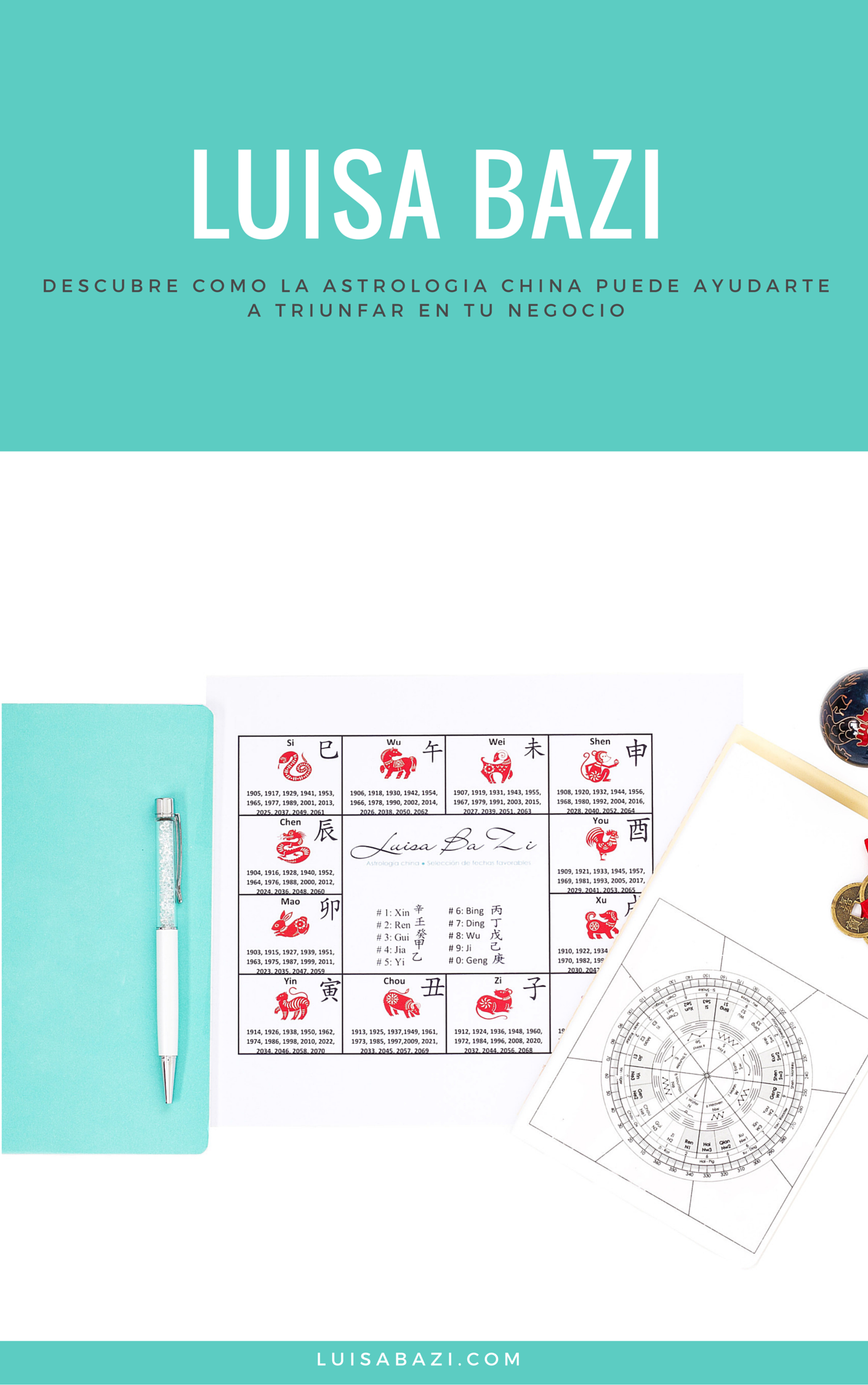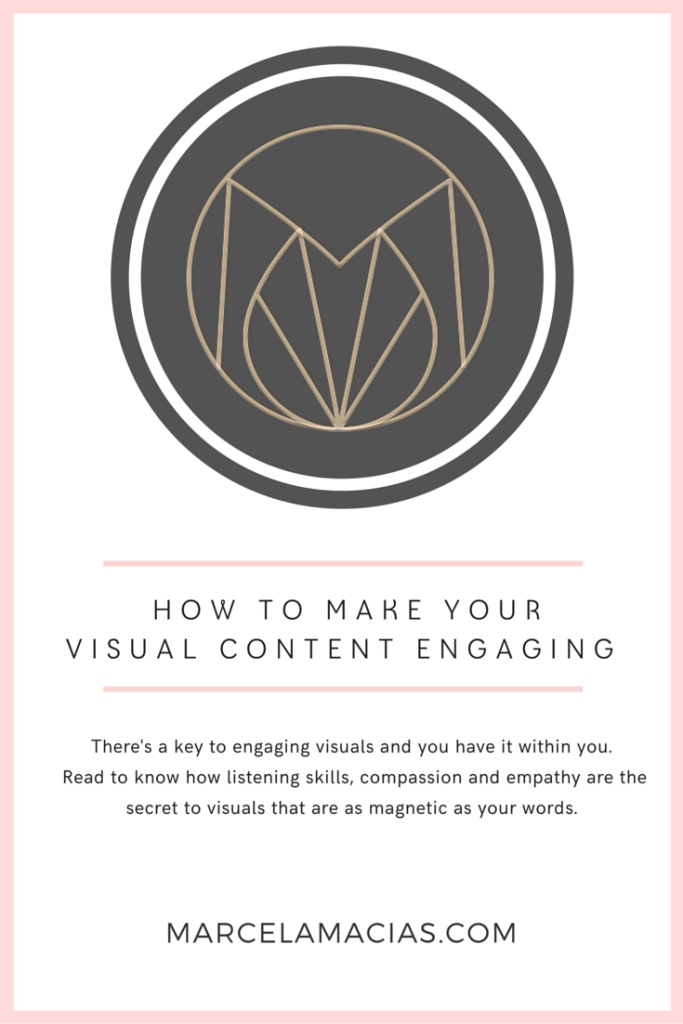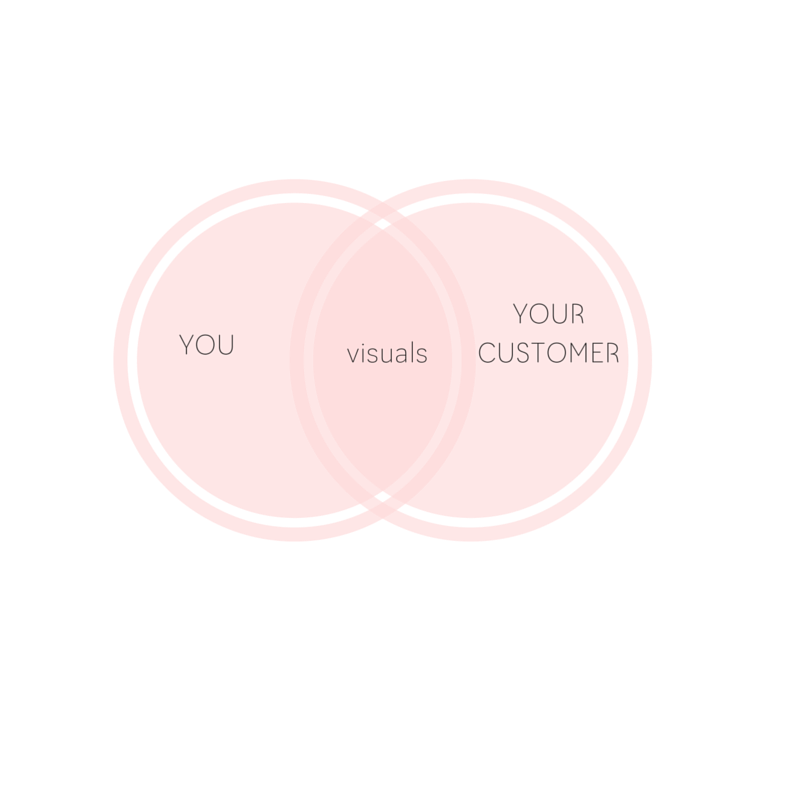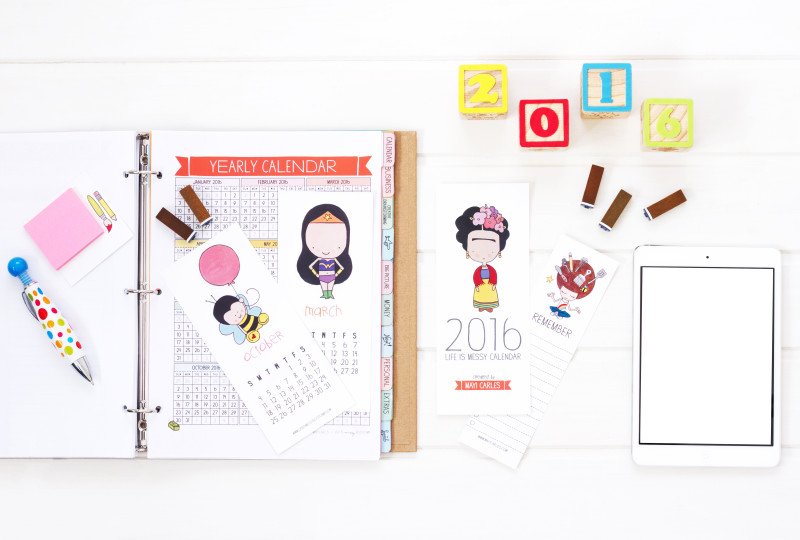A few weeks ago, I wrote a controversial article. I told you when NOT to hire a professional photographer.
For days after I wrote it, I received emails thanking me for it, from previously overwhelmed entrepreneurs who now felt they could relax and focus on what mattered.
Most of those emails also asked a question. I know when NOT to hire someone, they said. But how do I know when to do so?
Ah.
The missing piece, of course.
The moment that tips the scale and lets us know that the time has come, and that a photo-shoot is,not only an investment but even a necessity.
When does it occur? And how can you know?
Here’s my take on it.
I believe the right time is marked by certain business timelines. At some point, not upgrading your visuals risks stalling your growth.
Can you have a successful business without professional photos or professional web design? Absolutely. Can you grow indefinitely without them? I believe not.
In the years since I’ve worked as professional photographer, I’ve come across certain situations that make hiring a professional photographer a must do. These are the ones I’ve listed below, and they’re based both on my observations and on conversations I’ve had with my clients.
Here they are:
1. When your time is better spent doing something else.
When you’re just starting out, DIYing is normal, advisable even. With no money to spend, and uncertainty over whether your product or service will take off, it’s wise to fiddle with foam boards, spend nights on youtube watching white balance tutorials, and climb on the kitchen table to get the perfect shot. A selfie taken with your phone or the laptop’s camera will do, for now. We’ve all been there.
But, as your business grows, and you start making money, your time becomes more and more valuable. The two hours you spent shooting that perfect salad and the morning your spent trying to make your home-made organic eye-mask jar looking like an ad by Chanel suddenly are costing your business money.
How can it cost you money, you ask?
Because the time you spend in your business either makes you money or costs you some.
[Tweet ” The time you spend on your business either makes you money or costs you some.”]
If you didn’t have to take photos and edit them in Photoshop, how many more products could you create? How many more clients could you book? How many more sales funnels could you write? How many more Facebook ads could you tweak? How many more guest posts could you pitch? How many more social media posts could you schedule?
Spending one month photographing your cookbook may mean that you neglect blogging, or get to publishing time without a sales and promotion calendar. It may mean less coaching clients, or not launching that course you had in the back burner for years. It may mean less money, and it may mean less growth.
Spending a weekend photographing and photo-shopping your products so they’re ready to be listed on Monday may mean no time with your family, and being over tired, and therefore less effective at work the rest of the week.
And that is the best case scenario, which assumes you can get the same results as a professional.
This was the case for my client Mayi Carles. She hired me because she realized that her money was better spent in activities that brought money in, the ones she couldn’t delegate, the ones that make her brand unmistakable. A couple of times a year, she emails her printable products and mails the physical ones for me to style and shoot on the other side of the world. While I style, shoot and edit, she creates, makes sure all parts of her business run like a well-oiled machine and takes time off.
Find out how much your hour of work costs. Find out which activities make you the most money, then do those as a priority and delegate the rest when you can.
2. When you’re losing opportunities
Let’s be honest here: Sub-par photos will only take you so far. Why? Because visuals affect trust.
If you don’t believe me, read this real life story by Derek Halpern, where he explains why he spent $25,000 on web design and some amazing portrait photos. In that blog post, he talks about how he submitted an article for a major mainstream publication but, when they checked his website, they thought he was a scam.
You may say, well that’s just because they didn’t know who he was. If they had contacted him, or spent more time on his site they would have known that he wasn’t a scam.
And all that would be true.
But people make split seconds decisions.
And people on high powered places are extremely busy and under no circumstances want to risk their reputation with someone who may not be trustworthy. Over and over again, I receive emails from my clients telling me how better photos helped them land press coverage and other opportunities that were closed to them before.
So, if the time has come for you to play in the big leagues, if you want to get your products on magazines and your recipes on select publications, start thinking about upping your game with professional photos too.
Help people realize as soon as they land on your website that your business is as professional you say it is. Help doors open for you easily.
3. When your current photos- though maybe pretty- are not doing the trick
Great commercial photos are not simply great looking. They help you direct the viewer’s attention where you want to, paint the right picture about your products or services, establish an emotional connection with your audience, position your brand and, ultimately, help you sell more.
In order to do this, professional photographers, like me, study elements of design, visual persuasion, composition rules and theory of color, among others. We know how much blur to add to the background, how to play with lights and shadows to send a different message, even the psychological effect different portrait poses have on the viewer.
This is the true power of professional photography.
So if your photos are not converting into sign ups and money- consider hiring someone who can: 1) pin point what’s not working and 2) Create images with the wow factor your work deserves, images that pull in the right customers effortlessly. Images that make people CRAVE your creations.
My clients tell me it’s worth the investment. And they’re not the only ones that believe so.
4- When you’re getting your business professionally branded.
When our businesses start, most of us DIY everything and, as a consequence, our websites and visual presence sometimes end up being a mismatch of different styles.
My first logo was a blue and grey pennant banner with french script font that I had created in PicMonkey following an online tutorial,. My website’s background was light blue with white polka dots digital scrapbook paper I’d bought on etsy. My blog photos looked all different, as I experimented with different backgrounds, textures and styles. One recipe was girly, pink and romantic, the next one dark and moody. There was no cohesive style anywhere.
Maybe you can relate?
DIY design and DIY photos are normal when we begin…but if you’re upgrading your design, you should upgrade your photos too, or your website and social media presence will still look scattered and unprofessional.
[Tweet “When you upgrade your brand’s design, you should also upgrade your images”]
Great images convey everything your brand is about in seconds. Use their power.
Does this mean that you need a massive photo shoot with hundreds of images? No, of course not.
I’m all for incremental upgrades and I believe that,when you’re first upgrading,15 personalized, stylish and versatile images are the perfect starting point. This is why my GROW package includes exactly this amount, together with video tutorials to make the most of your investment.
Start small, and build from there. As you reap the rewards of your new branded look, and your business grows, you can add more photos or update them later on.
5- When you want to enter a luxury market.
If you’re read my previous blog post, you’ll know I don’t recommend stressing about visuals when you’re just starting out.
But there’s a caveat to that, and it’s when you’re targeting a luxury market.
Luxury products and services require luxurious visuals. Period.
[Tweet ” Luxury products and services require luxury visuals to sell.”]
Amateur images just won’t do in a market where everything is taking care of to a T.
True luxury is about refinement, craftsmanship and elegance.
As Vincent Bastien put it: “Luxury is the expression of a taste, of a creative identity; luxury makes the bold statement “this is what I am,” not “that depends”– which is what positioning implies. It is identity that gives a brand that particularly powerful feeling of uniqueness, timelessness, and the necessary authenticity that helps give an impression of permanence. Chanel has an identity, but not a positioning. Identity is not divisible, it is not negotiable– it simply is. Luxury is superlative, and not comparative. It prefers to be faithful to an identity rather than be always worrying about where it stands in relation to a competitor.”
Photos of luxury products should reflect this identity, this uniqueness, this timelessness. They should FEEL like your brand, and they should certainly feel luxurious. They should create dreams, not merely show your product or services’s qualities.
If the photos you take can’t achieve this, it’s time to hire a professional.
6- When there’s a disconnect between your photos and your written voice.
This is a big one, and one that I see very often.
Have you taken the time to think about the way you sound, and be intentional about it? All great writers are very consistent in the qualities in their voice, but sometimes they forget that their photos speak too, and that what they say should match their words.
Is your voice funny? strategic? warm? perceptive? sharp? genuine? elitist?
What idea of yourself does someone get when they read your words? What idea do they get when they see your photos?
Someone who understands this very well is Denise Duffield-Thomas. She is very clear that her brand is fun, chill and summery. This is why she doesn’t whine, and she doesn’t complain about winter. She wants people who land on her website or on social media to get a chillionaire vibe, and she makes sure she’s consistent about it.
My brand, for example, is not funny or shocking, though I know very well they are great for calling attention. My brand is loving, warm, magical…posting images that shock would be immediately perceived as out of character and erode trust with my audience.
Sometimes it’s easy to find stock images, or create some that fully represent what you stand for. Some others, not so much.
If you’re at a point in your career where your written voice is defined but can’t find photos that match your uniqueness, it’s time to get custom photos.
7- When you want the experience of your brand to be different
Visuals affect how others experience your brand. They convey emotions better than anything else and pull, powerfully, the right persons towards our work-or repel it.
Ramit Sethi speaks about the importance of providing your customers with an intentional brand experience in this video, where he explains why he regrets not taking care about it earlier. Watch from the minute 17 onwards).
Ask yourself: how do you want your customers to feel when they see your photos? Do your current photos match that experience?
If they don’t, it may be time get custom photos, designed with that purpose in mind.
8. When you want to push a product.
Do you want to promote one of your products above all others, and really make it the best seller it’s meant to be? Make sure you have great photos of it.
Ask Mark Hayes put it ” Good pictures answer questions and lead to more traffic and more sales”, but sometimes a full overhaul of all your images is not realistic.
This is when I advised my clients to focus on one product they want to make a best seller. If you can’t photograph your whole collection, photograph first a new product you want to launch with a bang, or in the one that people are already responding to the most, so you can promote them heavily, and they can convert as you desire. Then, move backwards, and photograph the rest.
This is what my clients, Panamanian company Life Blends did last year. They were launching a new line of clean eating meals and knew they needed great photos to promote it, because ” we eat with our eyes”, as they put it. Since it was a new venture and they didn’t know if it was going to take off, they started with 3 recipes.
The launch was so successful that they ran out of food to sell on the first day and, that month, they broke a sales record. That’s when they hired me to photograph the rest of the meals. You can read the rest of the case study here.
If you want a product or service to reach its full potential, get professionally taken custom images of it. Don’t be afraid to start slow, just make sure you get started.
9. When you hate doing it
I’m going to get all woo here and talk about how the energy of what we do affects its outcome. If you’ve been ready for a while you know I’m a hippie and this shouldn’t surprise you.If you’re new: welcome, I sage my studio before a shoot and play a singing bowl. Nice to meet you.
Here’s the thing: If you hate taking photos for your business, and you hate editing and you hate the sub-par results you get, that energy of annoyance and frustration will permeate your images. This “deliberately introduces resistance into your experience” in the words of Abraham Hicks.
Either you find a way to start liking it, or you should delegate it to someone who adores shooting, editing and overall working on your photos, so that the energy of joy populates every part of your work.
If you’re in one of the above situations and would like to start upgrading your business images, here’s what I advise that you do:
1)Get a great portrait and a few lifestyle shots, so you have a wonderful photo of yourself to send to publications for guest posting, and with press releases. I am a big fan of behind the scenes shots, that show your process and give people an insider’s pass into how you work.
2) Photograph your best sellers, or the products you most want to promote first. For example, if you’re launching a new line of earrings, make those photos your priority so they sell like hotcakes. If you provide services or info products, you could commission photos for a new course first, then move to making the rest of website and online presence stunning.
3) Photograph the rest of your collection so everything ties together.
Have you taken photos for your business before? How did the experience go? Tell me in the comments below! I’m listening.
